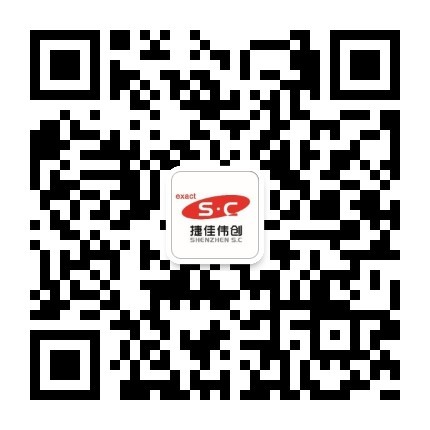Germany’s PV future discussed
Leading photovoltaic managers met at the 2nd German Solarforum, held in Berlin on Monday May 31, to discuss the future of Germany’s solar industry.
The German photovoltaic industry is said to be fighting back against subsidized Asian competitors with strategic concepts. Image: Conergy AG.
In opening, Karin Freier from BMU (the Bundesministeriums für Umwelt, Naturschutz und Reaktorsicherheit) announced that starting from July 1, 2011, a photovoltaic feed-in tariff (FIT) degression of six percent will come into play. She also said that approximately 1.5 gigawatts peak of photovoltaic power was installed in Germany over the period January to May 2011.
On Monday, June 6, a comprehensive decision is expected to be reached by the BMU on the country’s renewable energy law (EEG), acceleration of grid expansion law (NABEG), and energy sector law (EnWG).
Lack of attentionThe continued lack of attention by the German Government to the photovoltaic industry and the "irrational" focus on off shore wind power sparked heated discussion among the highly ranked industry CEOs in attendance.
The ensuing panel discussion included Nedim Cem, CEO of Q-Cells, Volko Löwenstein, CEO of Inventux and York zu Putlitz, CEO of ALEO Solar. Clear points of contention were the lack of confidence in the decision-making process of the German Government to formulate and pass a well-founded FIT law, and the intransparent legal environment, which is hindering investment in the German photovoltaic manufacturing industry, while Asian competitors are swamping European markets with their state of the art, yet cheaper products.
However, the German photovoltaic industry is fighting back against subsidized Asian competitors with strategic concepts, despite a lack of public funding for research and development.
The CEOs were also unified in their opinion that consolidation, along with intelligent power network integration and a turn-key system approach, are essential to get ahead of Asian competitors. Udo Möhrstedt, CEO IBC Solar, Bad Staffelstein concluded in his speech that the German Government should support and not prevent the German photovoltaic industry from growing.
Chinese competitorsMarkus Hoehner, CEO and founder of EuPD Research presented an unsettling picture of Chinese competitors, which is threatening to have negative impact on the rest of the photovoltaic world.
Although installed photovoltaic capacity in China over the last years is negligible compared to other renewable energies, production capacity along the entire value chain has been developed in the shortest time and already China accounts, both for cell and module production, for more than 40 percent of global output.
Hoehner sees a growing business market in China, but asks if Germany will be able to export.
Intelligent concepts such as the battery systems of German newcomer Dispatch Energy, Heidelberg, are helping to extend Germany’s lead in technology and enhance the speed to reach grid parity. Concentrated photovoltaics is also ready for mass production, although it needs to be installed in areas with high sun irradiation, such as the south of Italy. In the future, both will help to drive down balance of system costs and make grid parity a reachable goal.
One of the highlights of the second day was Gerhard Hofmann’s speech on the Desertec Industrial Initiative (Dii). He portrayed the detailed challenges facing this ambitious and visionary country and company comprehensive project. In conjunction, Solar Millennium AG Board Member Oliver Blamberger delivered an impressive overview on concentrated solar power plants, one of the technologies utilized in the Dii project.
The 2nd German Solarforum ended with the introduction of the "Solarintiative Munich" as well as a large photovoltaic project on a conversion area in Germany.



